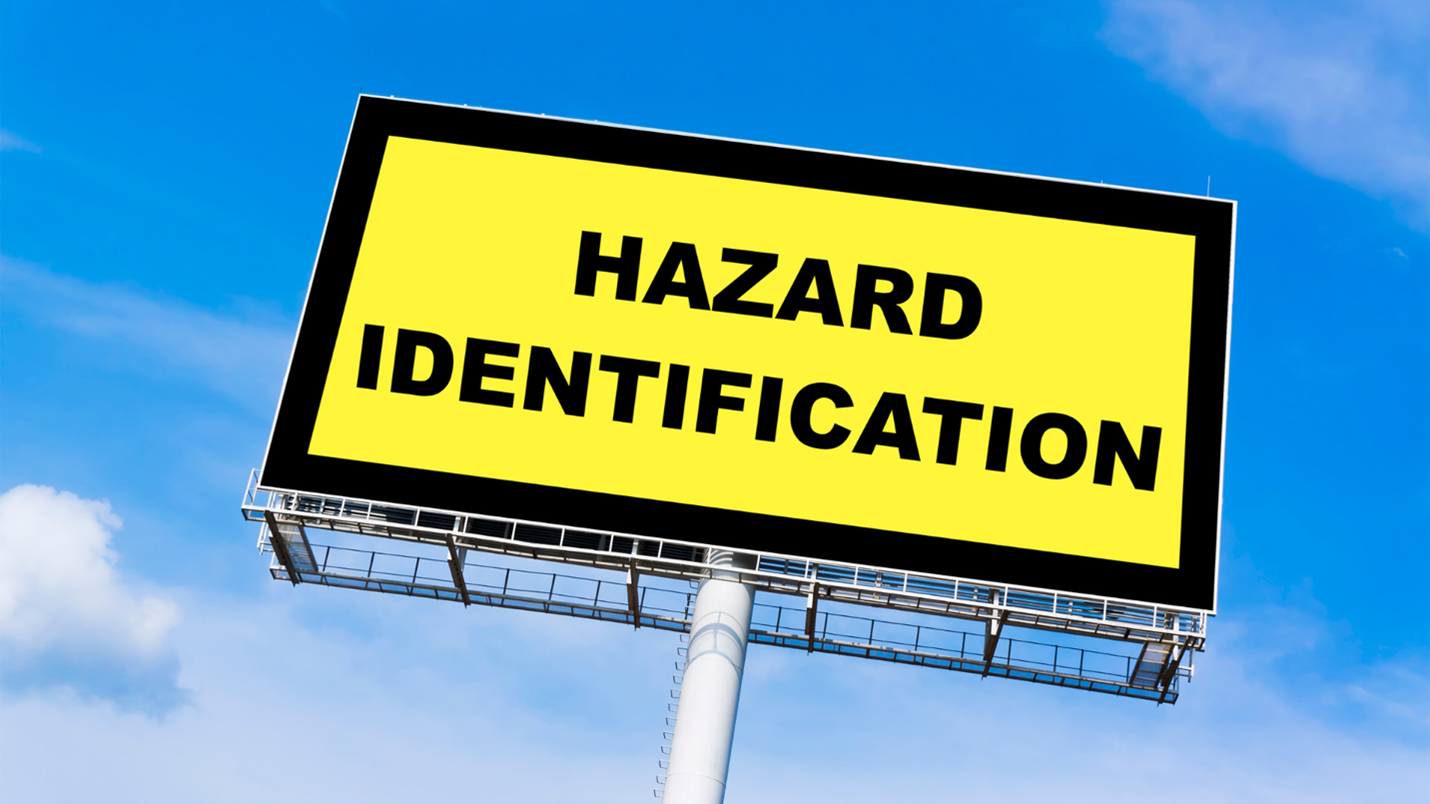Things You Can Do to Prepare Your Workplace to Handle Accidents & Incidents

As an employer or employee, it is important to be prepared for accidents and incidents that may occur in the workplace. Accidents can happen unexpectedly, and it is advantageous to be equipped with the necessary knowledge and resources to handle them. Here are ten things you can do to prepare your workplace for handling accidents and incidents.
Identify Potential Hazards
It is important to identify and assess potential hazards in the workplace. Risks include electrical, slip and fall, toxic substances, and equipment-related hazards. Once identified, it is important to take steps to eliminate or reduce them by redesigning work processes or installing barriers, warning signs, or other protective equipment.
Train Employees
Training employees on safety procedures and protocols is critical. All employees should be trained on potential hazards in the workplace and how to avoid them. They must know how to use fire extinguishers, first aid kits, and personal protective equipment. Regular safety training should be provided to ensure that all employees are up to date on safety procedures.
Establish an Emergency Response Plan
An emergency response plan is a written document outlining the steps to be taken in the event of an emergency. This plan should include emergency contact information, evacuation procedures, and the location of safety equipment. All employees should be familiar with the emergency response plan and know what to do in an emergency.
Conduct Regular Safety Inspections
Regular safety inspections can help identify potential hazards in the workplace. Checks should be conducted regularly to ensure safety procedures and equipment are in good condition.
Provide Safety Equipment
Providing safety equipment such as hard hats, safety goggles, and gloves can help prevent accidents and injuries. Employers should provide appropriate safety equipment for employees and ensure that it is in good condition and used properly.
Keep the Workplace Clean and Organized
A clean and organized workplace can help prevent accidents and injuries. Employers should ensure that the workplace is free from clutter and debris. Spills and messes should be cleaned up promptly to prevent slips and falls.
Encourage Reporting
Employers should encourage employees to report any potential hazards or safety concerns to help prevent accidents and incidents from happening in the first place. Employees should feel comfortable reporting hazards or concerns without fear of retaliation.
Review and Update Safety Procedures Regularly
Safety procedures should be reviewed and updated regularly to ensure they are up to date with the latest safety standards and regulations. Employers should communicate any changes in safety procedures to their employees and provide training if necessary.
Conduct Safety Drills
Conducting safety drills ensures that employees are prepared in an emergency. These include fire drills, evacuation drills, and first aid drills. Conducting safety drills helps identify areas that need improvement in the emergency response plan.
Foster a Culture of Safety
Employers should cultivate a culture of safety in the workplace by promoting safety as a top priority and encouraging employees to prioritize safety. Celebrating safety milestones and recognizing employees who go above and beyond in promoting safety can help promote a positive safety culture.
Conclusion
Accidents and incidents can happen in any workplace. However, taking steps to prepare your workplace can help prevent accidents and injuries and help ensure that employees are prepared in an emergency. Following these ten tips can help create a safe and healthy workplace for everyone.
Please don’t wait until it’s too late; take action today and contact Global Hazmat to schedule your training. Remember, a safe workplace is a happy workplace!
